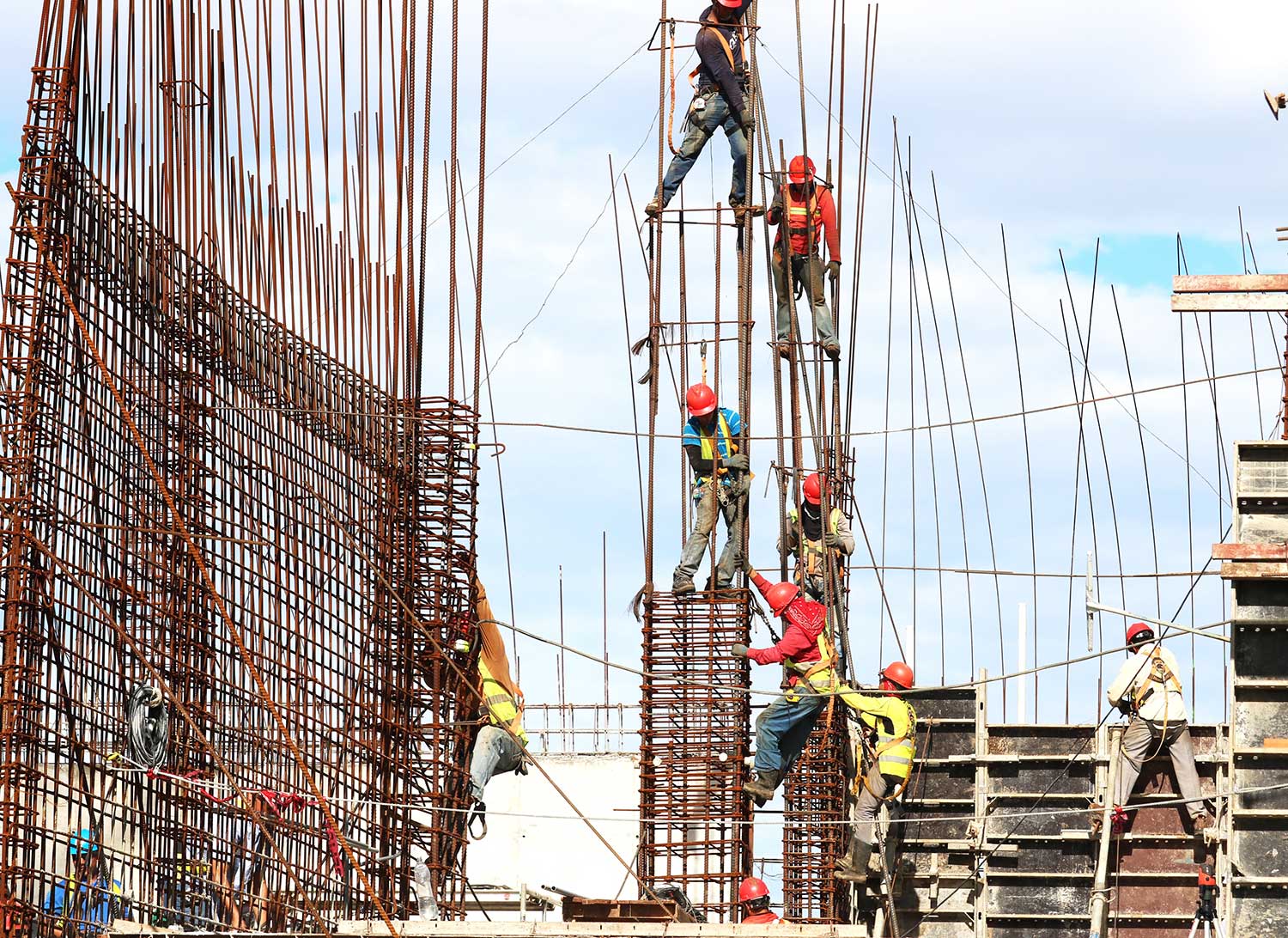


Experience modification rate is a commonly used business and safety metric which insurers use to calculate a specific company's insurance premium.
Experience modification rate is often shortened to EMR, and can also be referred to as EMOD, MOD or even XMOD.
Your experience modification rate is derived or 'calculated' from your claims history. It takes into account the number of incidents, injuries and claims made in the past and their associated costs. These combine to help an insurance company understand it's own risk in insuring your company - and then pricing accordingly.
The base experience modification rate is 1.0, and the scale typically ranges from 0.75 to 1.25. A lower EMR is better, and results in lower insurance costs. An EMR which is greater than 1 typically results in
When you start a new business, you may see your experience modification rate on your workers compensation insurance policy. It will have a value of one - because you don't yet have a history of claims. As your claims history builds - hopefully not very quickly - your experience modification rate may fluctuate away from 0.
Experience modification rate acts as a multiplier on your insurance costs. If your EMR is 1, then the base insurance costs will be multiplied by 1 (i.e it will be that base number). If your EMR is 1.1, then the insurance company would multiply that base rate by 1.1, meaning you are paying 10% more for your insurance.
How experience modification rate is calculated can be quite complicated from a formula and calculation standpoint, so we will over-simplify it a bit for understanding sake here.
The main contributing factors which combine to create any experience modification rate include:
As we know, different industries and activities carry different likelihoods of incidents. Construction and other industrial injuries typically involve more workers comp claims than an professional services company. For this reason, experience modification rate is also weighted according to your industry and activities.
Once you have a history of incidents or injuries which resulted in claims, your experience modification rate will be calculated by comparing your claims to an average, or what was 'expected'.
In essence, your EMR is calculated by taking the number and size of claims made by your company in the past and comparing that to similar businesses in your industry and your location - and then scaling that to the size of the business or number of employees.
Let's imagine that the typical residential construction company in California has on average $5,000 in workers comp claims per year. If your residential construction company with the same number of employees has $4,000 in claims, then your experience modification rate would be around 0.8, which would result in a roughly 20% decrease in your workers comp insurance next year.
For the insurer, the mechanics of this are usually embedded into rate codes created and maintained by the NCCI.
These codes define the cost per $100 of payroll expected from a company in a specific industry. For example, an accounting firm may be held to a rate of $0.50 per $100 of payroll, while a civil construction company's 'base' EMR might be more around $10 of claims per $100 in payroll.
Your experience modification rate has a direct impact on your bottom line, which means almost all companies are trying to achieve their lowest experience modification rate possible.
Many companies work incredibly hard to improve productivity marginally or save costs here and there, and ignore significant cost factors like EMR.
There are many reasons that companies do this, and one of them is that they do not fell fully in control of their EMR. They are hit with the insurance costs and EMR each year, and see it as a byproduct of getting work done. But as we have seen, the major inputs used towards calculating your experience modification rate are the severity and frequency of incidents - which companies have a huge amount of influence over.
The good news is that your experience modification rate can be lowered when it's higher than you would like - and can be kept low from the start of your operations. The bad news is that doing so requires some active work, and a commitment to strong safety programs and systems.
Some of the best strategies for lowering your EMR include:
By far the best and most effective medium to long term strategy for lowering and maintaining your experience modification rate is to invest in better safety.
Mitigating hazards and reducing incidents is the single best way to lower your EMR, and improve other aspects of your projects to. Your EMR is one result of incidents, but incidents also create project delays, lost productivity and a negative reputation. Focusing on improving safety to lower your EMR is always a good decision, because there are a bunch of other positive externalities too.
Improving how hazards are reported and communicated, and how dangerous activities are approved and managed are easy ways to see immediate improvements in your safety outcomes.
Focusing on your safety systems and tools can also be a massive saver. If you use an underwriter, you can show the underwriter all of the new policies and procedures you have put in place, they will feel more comfortable reducing your premiums. But to do this, you need to make sure you can illustrate these changes through proper systems and documentation.